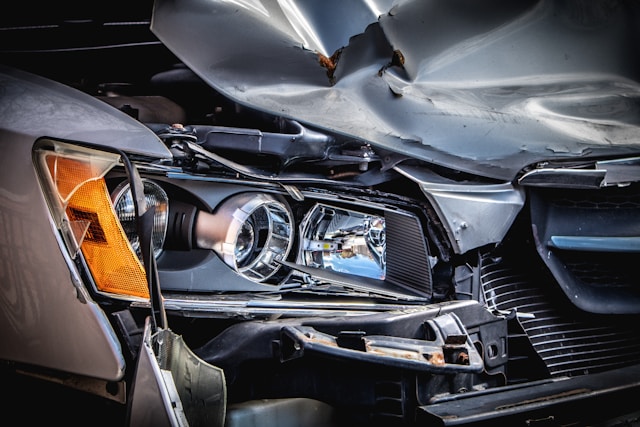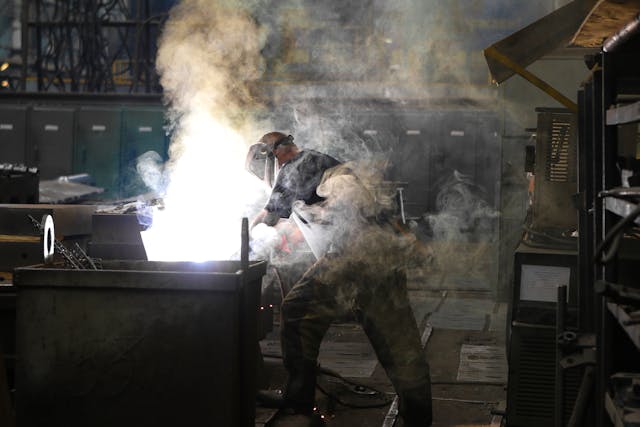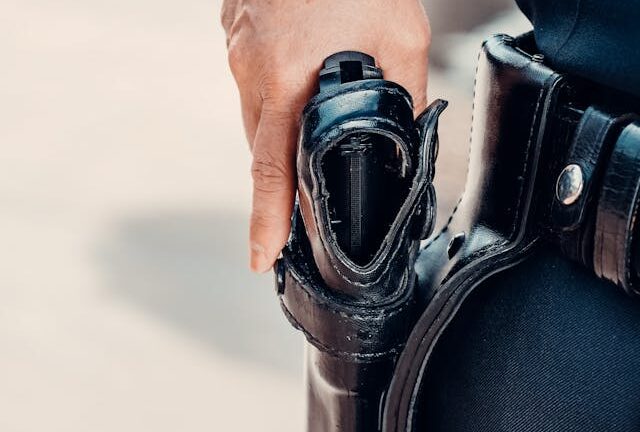Key Takeaways:
- Immediate steps to take after experiencing an auto collision.
- How to assess damage and ensure passenger safety.
- Understanding the auto body repair process, including insurance claims.
- The importance of choosing a professional for dent repair and other bodywork.
- Environmental considerations and technological advancements in auto body repair.
Table of Contents:
- Understanding Auto Body Repair
- Safety First: Assessing Vehicle Damage and Passenger Well-being
- Insurance Claims and Auto Body Repair: Navigating the Paperwork
- Types of Body Repairs: From Dents to Total Reconstruction
- The Process of Auto Body Repair
- DIY Versus Professional Auto Body Repairs
- Technological Advancements in Auto Body Repair
- Environmental Considerations in Auto Body Repair
- Preparing for the Unexpected: Accident Readiness and Prevention
- Selecting a Trustworthy Body Shop: Red Flags to Watch For
Understanding Auto Body Repair
The moment after an auto collision can be confusing and stressful. Your vehicle may suffer from visible damages like dents or anxiety-inducing damage beneath the bodywork that isn’t immediately noticeable. The latter can pose significant safety risks if left unchecked or improperly repaired. Knowing the right action for body repair is crucial when faced with such a scenario. There is a stark difference between a car hastily put back together and one that professionals have carefully restored. The expertise of trained technicians is vital for maintaining your vehicle’s safety, functionality, and aesthetic appeal, as they are proficient in various repair techniques, including sophisticated dent repair methods.
Selecting the best auto body repair shop is a decision that merits careful consideration. The presence of a certification by a national body such as ASE (The National Institute for Automotive Service Excellence) is a testament to the quality and reliability of a shop and its technicians. A shop with such credentials suggests that the technicians are up to date with the latest automotive repair techniques and standards. Before settling on a repair facility, researching their certifications can give you peace of mind about their capability to repair your vehicle to the industry’s highest standards. It’s worthwhile to familiarize oneself with the factors to consider for a certified body shop by exploring resources.
Safety First: Assessing Vehicle Damage and Passenger Well-being
When an accident occurs, the immediate concern should be the safety and well-being of all passengers. Once it’s confirmed that everyone is unharmed, the focus should shift to assessing the vehicle’s condition. Visually, damage may range from minor scratches to significant dents, but the collision’s true impact lies deeper within the car’s superstructure. A vehicle’s frame is the foundation of its safety features, with even minor misalignments negatively affecting its performance in subsequent impacts. Thus, getting a comprehensive diagnostic evaluation from a professional who can detect and rectify these issues is vital. Such diagnostic assessments are essential because safety features such as airbags and crumple zones may no longer function as designed if the car’s structure is compromised. The impact of collisions on vehicle safety is well-documented, highlighting the importance of thorough inspections and proper repair for ensuring long-term safety and drivability.
Insurance Claims and Auto Body Repair: Navigating the Paperwork
Navigating the aftermath of an auto accident isn’t solely about vehicle restoration—it also involves dealing with insurance claims. It can be a perplexing process fraught with paperwork and interactions with your insurance provider. Understanding your policy’s specifics is the first step; comprehending the scope of your coverage, the deductible amount, and the difference between collision and comprehensive claims will guide your decisions. After reporting the incident to your insurer, the process of obtaining repair estimates begins. These estimates are crucial in the extent of the repairs covered and should be meticulously reviewed for accuracy. Remember, you have the right to choose your repair shop—not just the one suggested by the insurance company. An informed choice could make a significant difference in the quality of the repairs and the promptness of service.
Types of Body Repairs: From Dents to Total Reconstruction
The spectrum of auto body repairs can be overwhelming, ranging from minor surface-level fixes to intricate structural repairs. Simple dents and scratches might look trivial, but they require professional attention to prevent rust or further damage. Techniques like paintless dent repair are great for minor dents as they are cost-effective and quick. However, a car may need comprehensive repairs involving frame straightening, replacing significant parts, and repainting in more severe collisions. Regardless of magnitude, each repair should adhere to safety standards and restore the vehicle’s appearance and structural integrity.
The Process of Auto Body Repair
The auto body repair process is meticulous and methodical. Initially, a thorough assessment of the damage is conducted to develop a plan of action. Parts that cannot be repaired must be replaced, and the car’s body must be returned to factory specifications. Following repairs, a crucial step is painting and detailing to match the original finish. Reputable repair businesses keep lines of communication open with their customers during this process, updating them on the condition of the car and any changes to the projected completion date.
DIY Versus Professional Auto Body Repairs
In an era of countless DIY tutorials, many car owners may feel tempted to tackle auto body repairs independently. For minor scratches or dents, this is a cost-saving option. However, in-depth knowledge, tools, and experience are required to ensure safe and aesthetically pleasing repairs. Attempting repairs without the necessary skills can result in further damage, which may complicate or even elevate the cost of subsequent professional repairs. A skilled technician doesn’t just repair the damage—they also ensure the car’s safety features are intact, restore the vehicle’s value, and often provide a warranty for their work.
Technological Advancements in Auto Body Repair
Thanks to technological advancements, auto body repair has evolved significantly in recent years. Adopting computerized tools and techniques ensures that repairs are precise and aligned with the vehicle’s original design. This technology plays a vital role in accurately assessing damages and executing repairs more precisely than ever. As the industry continues to innovate, emerging trends suggest a future where integrating advanced materials and intelligent technologies will further enhance the quality and efficiency of auto body repair.
Environmental Considerations in Auto Body Repair
Environmental responsibility is becoming increasingly crucial in every industry, including auto body repair. Body shops are adopting greener practices by using water-based paints, recycling parts, and minimizing waste. Such sustainable practices are not just good for the environment—they can also have positive implications for the health of technicians and customers. For car owners who prioritize environmental concerns, selecting a body shop that employs eco-friendly repair practices is a way to ensure that their vehicle’s maintenance aligns with their values.
Preparing for the Unexpected: Accident Readiness and Prevention
Although accidents can happen anytime, being prepared can mitigate their severity and ease recovery. A well-stocked emergency kit in your vehicle, complete with first aid supplies, hazard lights, and tools, can be invaluable during an emergency. Equally important are safe driving habits and regular vehicle maintenance, which can help prevent accidents from occurring. Ensuring your vehicle is in top condition through routine check-ups and addressing any issues can go a long way in preventing collisions.
Selecting a Trustworthy Body Shop: Red Flags to Watch For
Finding a body shop you can trust is vital to your peace of mind and your vehicle’s safety. Customer reviews and testimonials provide valuable insight into a shop’s reliability and the quality of its work. Beware of body shops that lack transparency in their pricing or use aggressive advertising tactics to attract customers. Establishing a relationship with a reputable body shop can be a proactive measure that saves you time and stress when you need repairs the most. Good communication, transparent pricing, and a strong reputation within the community are indicators of a trustworthy body shop.



